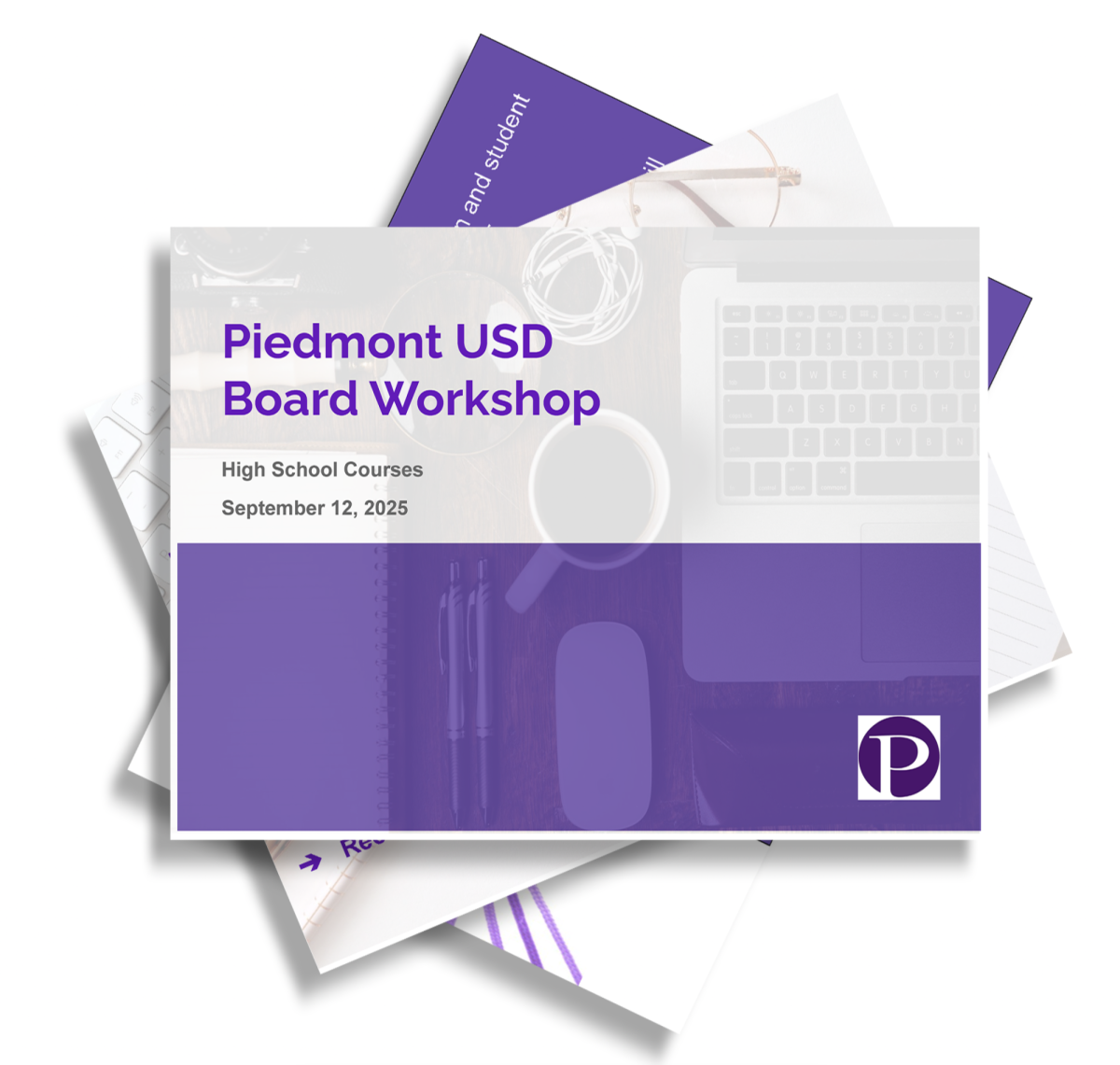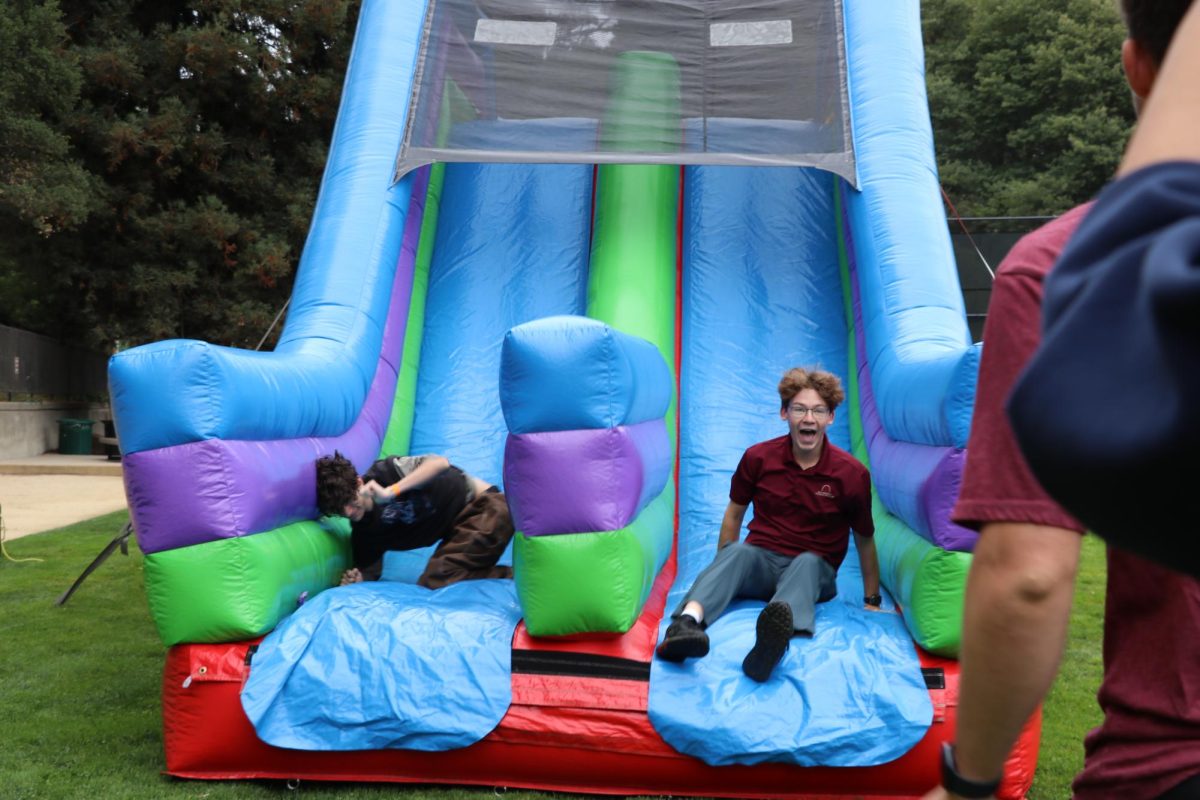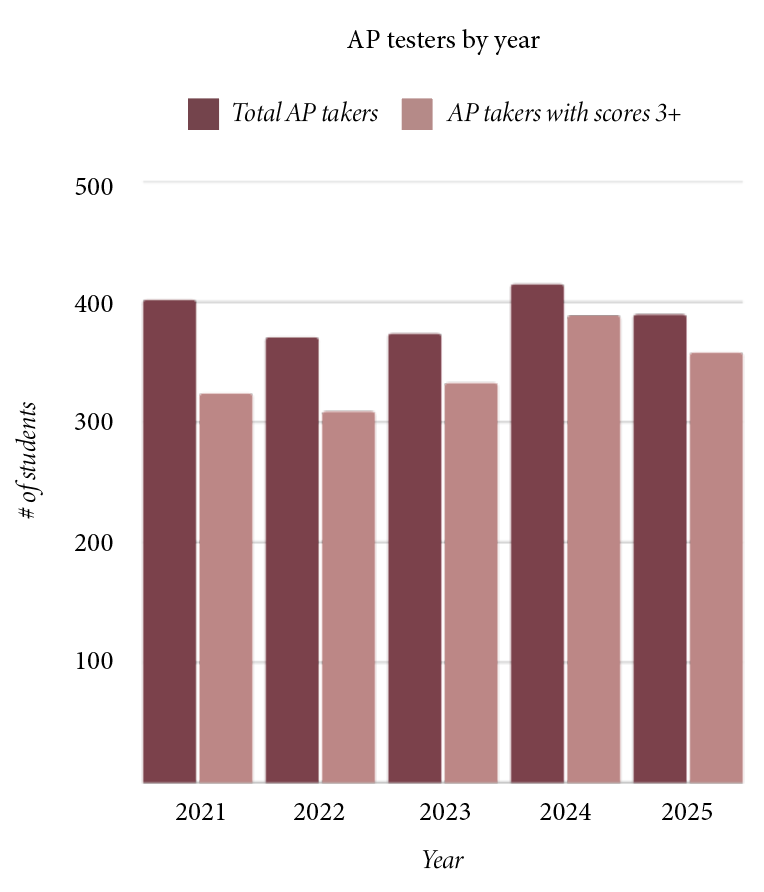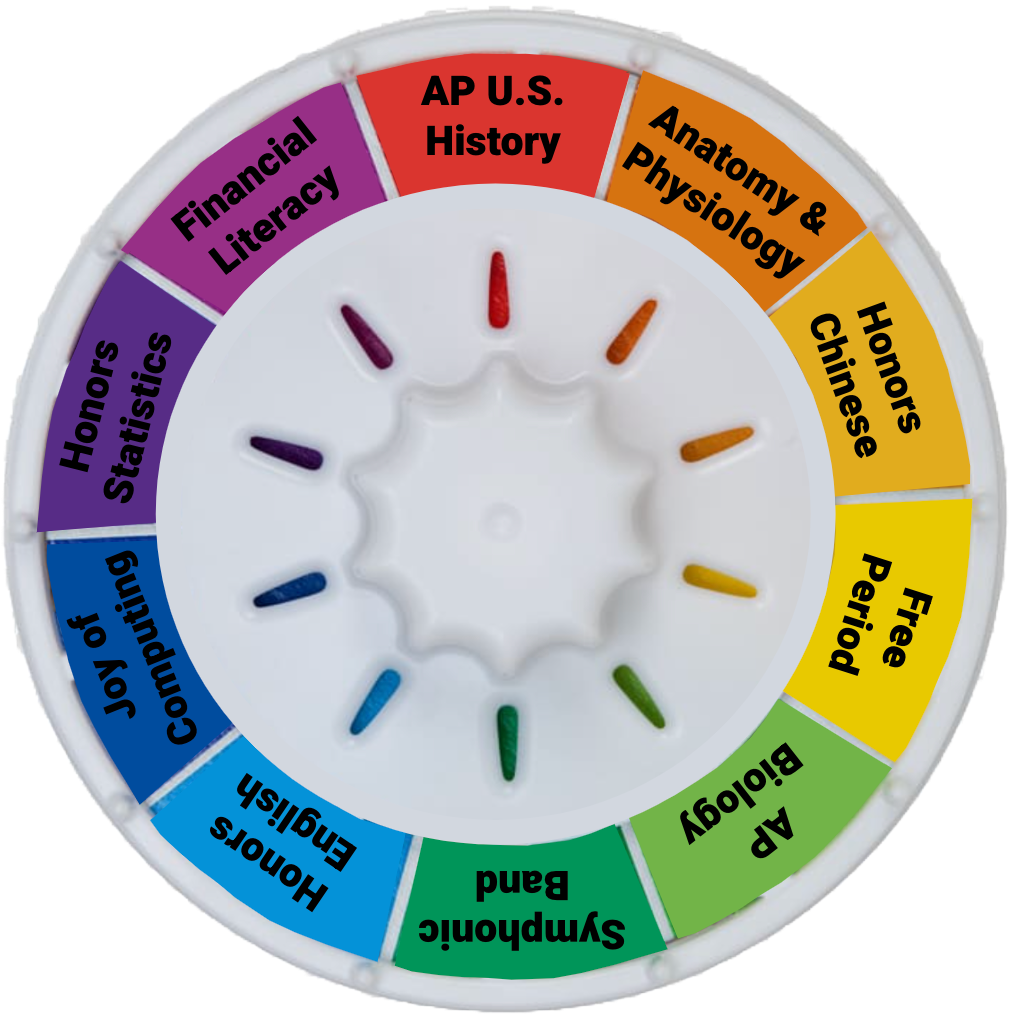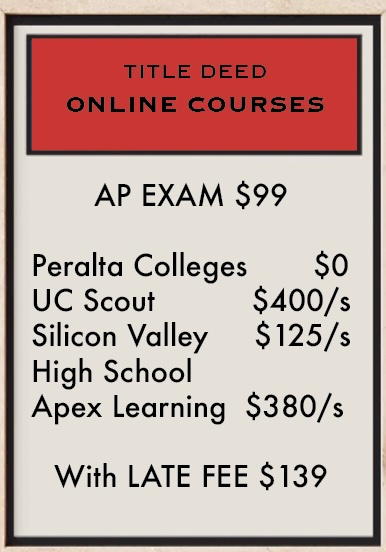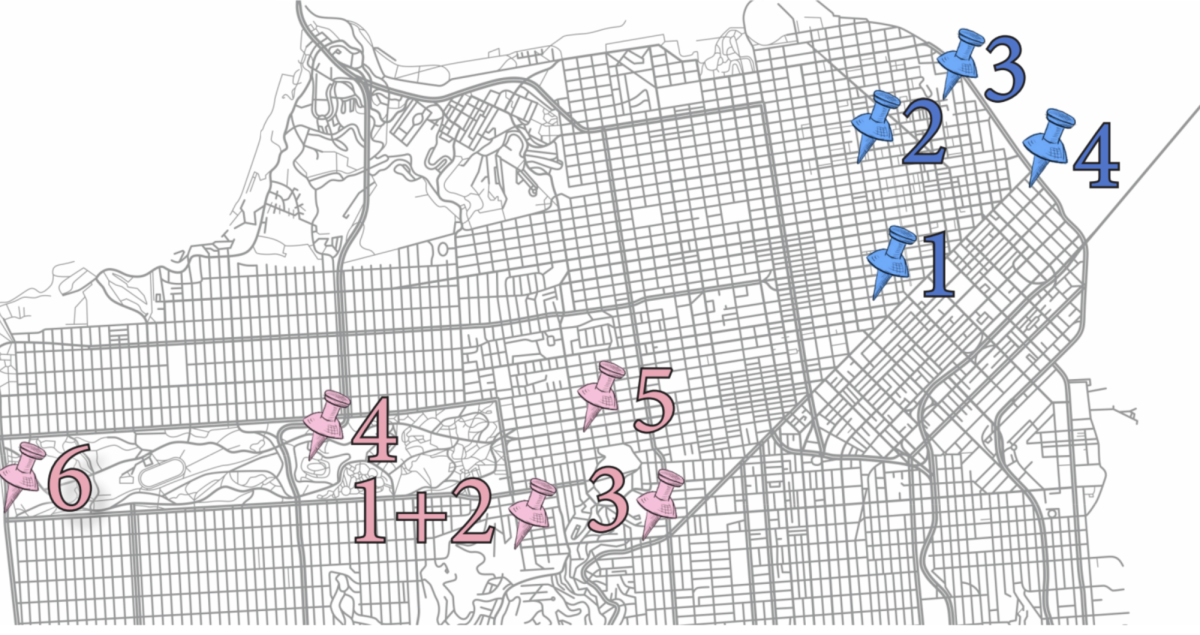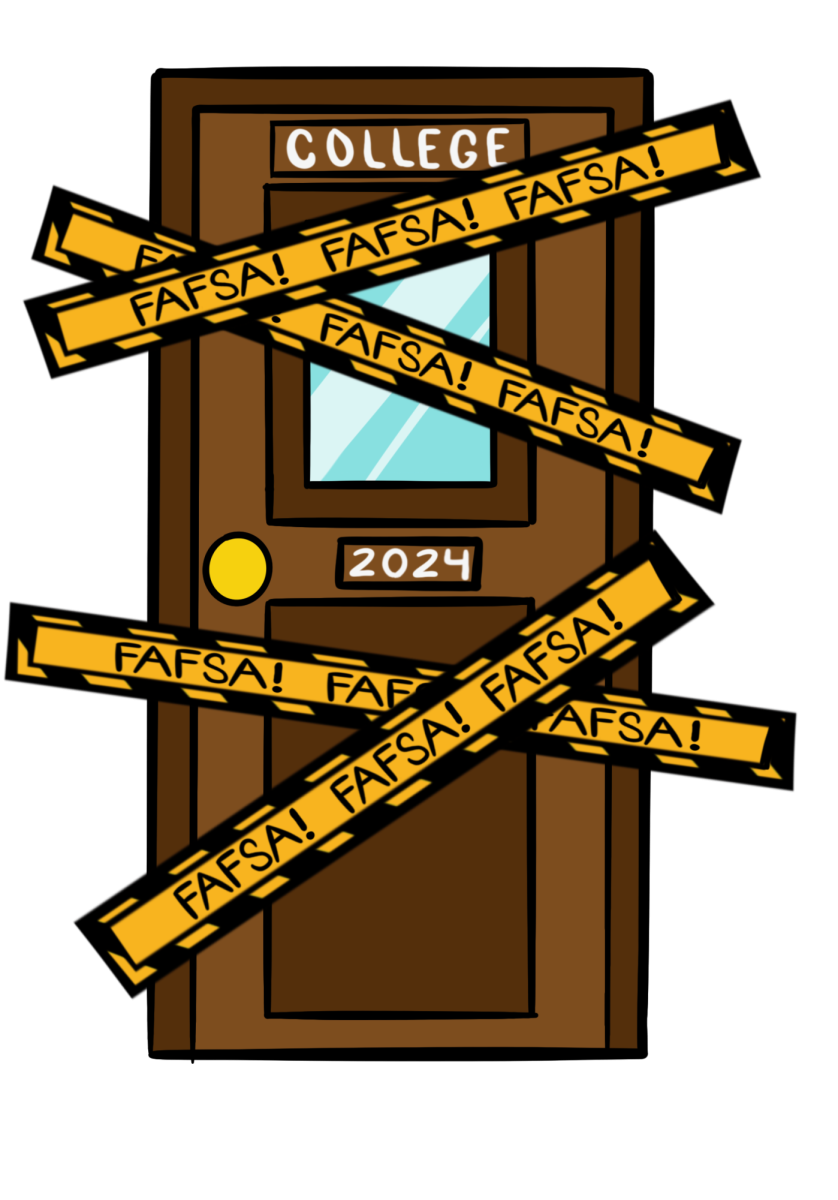Getting into college is one of the most exciting parts of senior year – being accepted, visiting, finding a roommate, changing your Instagram bio. But with this year’s Free Application for Federal Student Aid (FAFSA) delays and turmoils, this joy and relief is postponed and interrupted for many students.
FAFSA works through a thorough survey process of your family’s assets, income, and savings, allowing your university to complete your individualized financial aid package of grants, scholarships, Work-study, and federal loans. In a survey of PHS seniors, almost 50 percent responded that the amount of aid that they receive is a factor in their college decision. For 40 percent of surveyed PHS seniors, there were colleges that they chose not to apply to because of tuition being too high. Without the submission of the FAFSA form, no student is eligible for need-based aid.
This year, delays and issues with FAFSA are creating a ripple effect that can keep college out of reach for many students and families. This year’s form wasn’t available until January, three months after the regular release, and continuous delays are only announced through vague and frustrating emails from FAFSA. The revamped form and calculator is supposed to be easier for families and students to fill out and be more efficient, but in reality has been anything but.
The obvious solution to this problem lies far out of students and family’s reach, but our day to day conversations about college and financing can drive meaningful change by making students more comfortable talking about it. Financing college can be an uncomfortable conversation, especially when you don’t have the means to do so. From observation, it seems that many Piedmont students don’t comprehend the fact that some students heavily rely on financial aid and it isn’t something that anybody has control over. A “dream school” means nothing when you can’t pay for it.
This year’s five month delay in the delivery of financial aid information is extremely detrimental to students looking for alternative ways to finance their education. For high school seniors whose families can’t afford to pay full tuition for their university, this creates an impossible limbo stage where they have no way of telling how much their education will cost if they commit to a university. And for those already enrolled, there is no way of telling how much their education will cost and no way to back out. Traditionally, students have to have made their decision by May 1, and with two weeks to go, there is still no FAFSA aid in sight.
In addition, tuition and fees at almost every university are rapidly increasing. Full tuition with fees and housing at Tulane University for one year approaches $100,000. As an Early Decision applicant, the amount of financial aid I would receive was a big factor when signing a binding agreement. Now, more than four months after putting down my deposit, my tuition could be anywhere from $40,000 to $90,000.
Students do not deserve to be left in the dark regarding how we are going to afford the next four years of our lives. Whether you are just starting to think about college or are deciding which college to go to, treat conversations centering around financing college with the respect it deserves, as it may prove to be more of a factor than you think.

